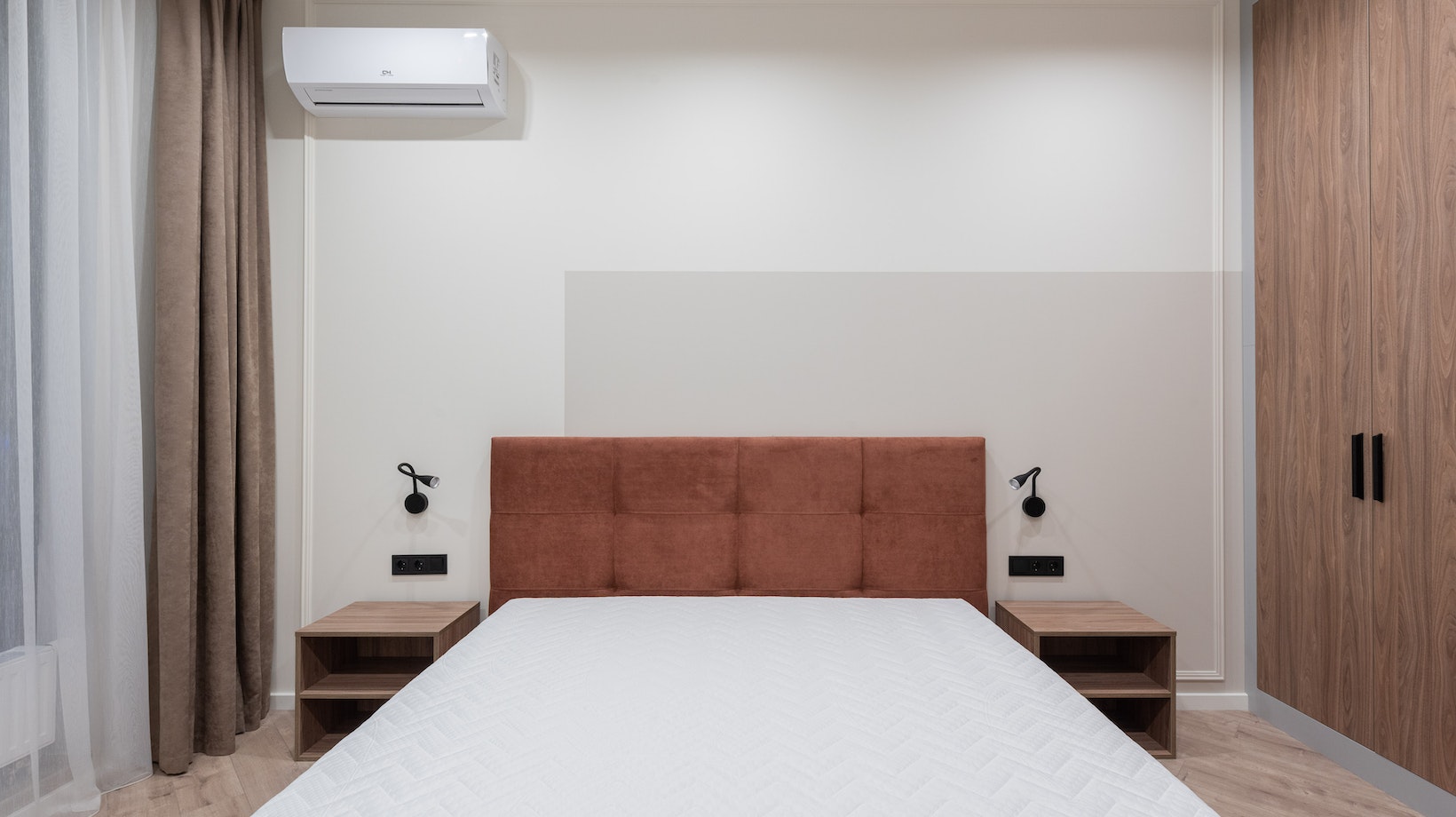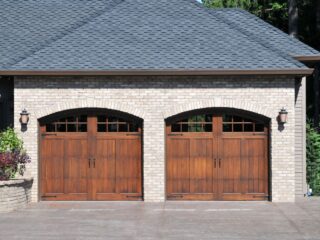
Tracks For Sliding Closet Doors
When it comes to tracks for sliding closet doors, there are a few key factors to consider. First and foremost is the material of the track itself. Common options include aluminum, steel, and plastic. Each material has its own advantages and disadvantages in terms of durability, weight-bearing capacity, and cost.
Another important consideration is the type of track system that best suits your needs. Some popular choices include top-mounted tracks, bottom-mounted tracks, or even bypass systems for multiple doors. Each option offers unique benefits depending on factors such as available space, door weight, and desired aesthetic.
Maintaining And Cleaning Sliding Door Tracks
- Start by removing any loose dirt or debris from the track using a soft brush or vacuum cleaner with a brush attachment. Be thorough in this step as it will make the subsequent cleaning process easier.
- Mix a solution of warm water and mild detergent in a bucket or spray bottle. Dip a soft cloth or sponge into the solution and squeeze out any excess liquid.
- Gently scrub the tracks using the damp cloth or sponge, paying attention to all areas where dirt may be trapped. Use an old toothbrush or cotton swab for hard-to-reach places.
- After scrubbing, rinse off the soap residue with clean water using a separate cloth or sponge.
- Finally, wipe down the tracks with a dry cloth to remove any remaining moisture.
Regularly cleaning your sliding door tracks not only helps maintain their smooth operation but also extends their lifespan.
Tools And Materials Needed For Maintenance
- Soft brush
- Vacuum cleaner with brush attachment
- Mild detergent
- Bucket or spray bottle
- Soft cloth or sponge
- Old toothbrush or cotton swab
- Clean water
- Dry cloth
Having these items readily available will make it easier for you to tackle routine maintenance tasks whenever necessary.
Step-By-Step Guide To Cleaning The Tracks
- Remove loose dirt: Use a soft brush or vacuum cleaner with a brush attachment to remove any loose dirt or debris from the tracks.
- Prepare cleaning solution: Mix warm water and mild detergent in a bucket or spray bottle. Ensure the solution is well-dissolved.
- Scrub the tracks: Dip a soft cloth or sponge into the cleaning solution, then gently scrub the tracks, paying attention to all areas where dirt may be trapped. Use an old toothbrush or cotton swab for hard-to-reach spots.
- Rinse off soap residue: After scrubbing, rinse off the tracks with clean water using a separate cloth or sponge.
- Dry thoroughly: Wipe down the tracks with a dry cloth to remove any remaining moisture and prevent water damage.

Troubleshooting Common Issues With Sliding Door Tracks
- Misalignment: One of the most common problems with sliding door tracks is misalignment. This can occur due to various reasons such as loose screws, warped tracks, or improper installation. When the tracks are not aligned properly, it can lead to difficulty in opening or closing the doors smoothly.
Troubleshooting Tips:
- Inspect the screws that hold the track in place. Tighten any loose screws using a screwdriver.
- Check for any visible signs of warping or damage on the track itself. If you notice any issues, consider replacing the track.
- Ensure that the track is installed level and parallel to the floor. Adjust as necessary.
- Dirt and Debris Build-up: Over time, dirt, dust, and debris can accumulate in the sliding door tracks, hindering their smooth movement. This build-up can cause sticking or jerky motion when operating the doors.
Troubleshooting Tips:
- Begin by thoroughly cleaning out any visible dirt or debris from the tracks using a vacuum cleaner or a soft brush.
- For stubborn grime or residue, use a mild detergent mixed with water to clean the tracks.
- Once cleaned, apply a silicone-based lubricant along the length of both upper and lower tracks for smoother operation.
- Worn-out Rollers: The rollers attached to your sliding closet doors bear most of their weight and facilitate smooth gliding along the track. Over time, these rollers can wear out or become damaged due to constant use.
Troubleshooting Tips:
- Inspect the rollers for signs of wear, cracks, or damage. If they appear worn out, consider replacing them with new ones.
- Lubricate the rollers using a silicone-based lubricant to reduce friction and ensure smoother movement.
Conclusion: Sliding closet doors can be a convenient and space-saving option, but issues with the tracks can hinder their functionality. By following these troubleshooting tips for common sliding door track problems like misalignment, dirt build-up, and worn-out rollers, you can restore smooth operation to your sliding closet doors. Regular maintenance and timely repairs will help prolong the lifespan of your sliding door system and ensure hassle-free usage for years to come.
Remember, if you encounter more complex issues or difficulties in resolving these problems on your own, it’s always recommended to consult a professional for assistance.





